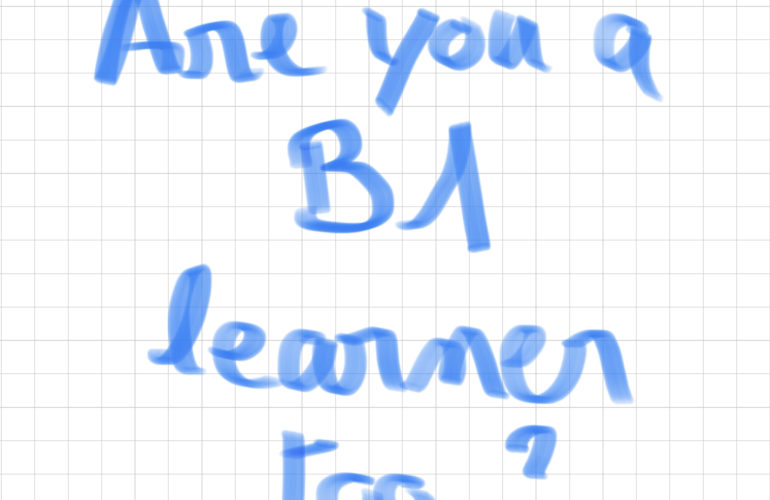How can you memorize what you learned much faster thanks to a “Memory Palace”?
One of my favorite hobbies since I was a kid has been to learn languages. I love it! In average, I have studied a new language each year for the past 20+ years. Each time, the goal is to reach a very minimum CEFR level of A2 or even B1 – i.e. the basic level needed to have the beginning of a conversation – so that I can enjoy interacting with people and discover their cultures when I travel around the world.
All of us can learn languages and even many languages. However, it requires a lot of self-discipline, dedication and even hard work to memorize the hundreds or thousands of words of vocabulary.
Well, this doesn’t sound like good news… however there are some powerful techniques that can make the whole process much faster and much more fun! What if you could replace the effort of memorizing by a bit of creativity, imagination?
The good news is that there is a memorizing technique that does precisely this and that can boost results in an impressive way: The “Memory Palace”.
You might have already heard about it or even practiced it.
So, what is a “Memory Palace”?
According to Benny from Fluent in 3 Months:
“A Memory Palace is an imaginary construct in your mind that’s based on a real location. If you can see your bedroom in your mind, then you can build a Memory Palace.
Within your Memory Palace, “stations” are locations like a bedroom or sitting room and the space between them is called a “journey”. As you build your Memory Palace, you will leave words and phrases at these stations and then pick them up later on when you take a journey through your palace.
Please don’t rob yourself of this powerful language learning device by saying you’re not a visual person. In whatever way feels natural, just think about where your bedroom is in relation to your kitchen. Consider how you would move from the bedroom to the kitchen. Take note of the doors, hallways and rooms along the way.”
I don’t think that you absolutely have to base your Memory Palace on a real location, but if it helps you, why not. As for me, the most important is that you can easily visualize and “evolve” in it.
Is this a new method?
Actually, it dates back to the ancient Romans and Greeks.
The method of loci (loci being Latin for “places”) is a strategy of memory enhancement which uses visualizations of familiar spatial environments in order to enhance the recall of information. The method of loci is also known as the memory journey, memory palace, or mind palace technique. This method is a mnemonic device adopted in ancient Roman and Greek rhetorical treatises. Many memory contest champions report using this technique to recall faces, digits, and lists of words.
Source: adapted from The method of loci
Why does it become even more relevant now?
Each learner needs to build their own “Palace”. For some, it might be easier than for others. Indeed, I have seen that some people need much more time to “build” it.
However, now, you can help your learners by building such Palace for them, in the Metaverse. You choose a virtual world and create the Palace. Then, they can move around that Palace and get inspired and maybe even build their own!
Once this is done, learners can project themselves again in the environnement and the associations between the words, vocabulary and the locations in the palace will drastically increase the retention rate.
Do you use the Memory Palace or do you have any other ways of remembering a lot of vocabulary?
Please comment below!



